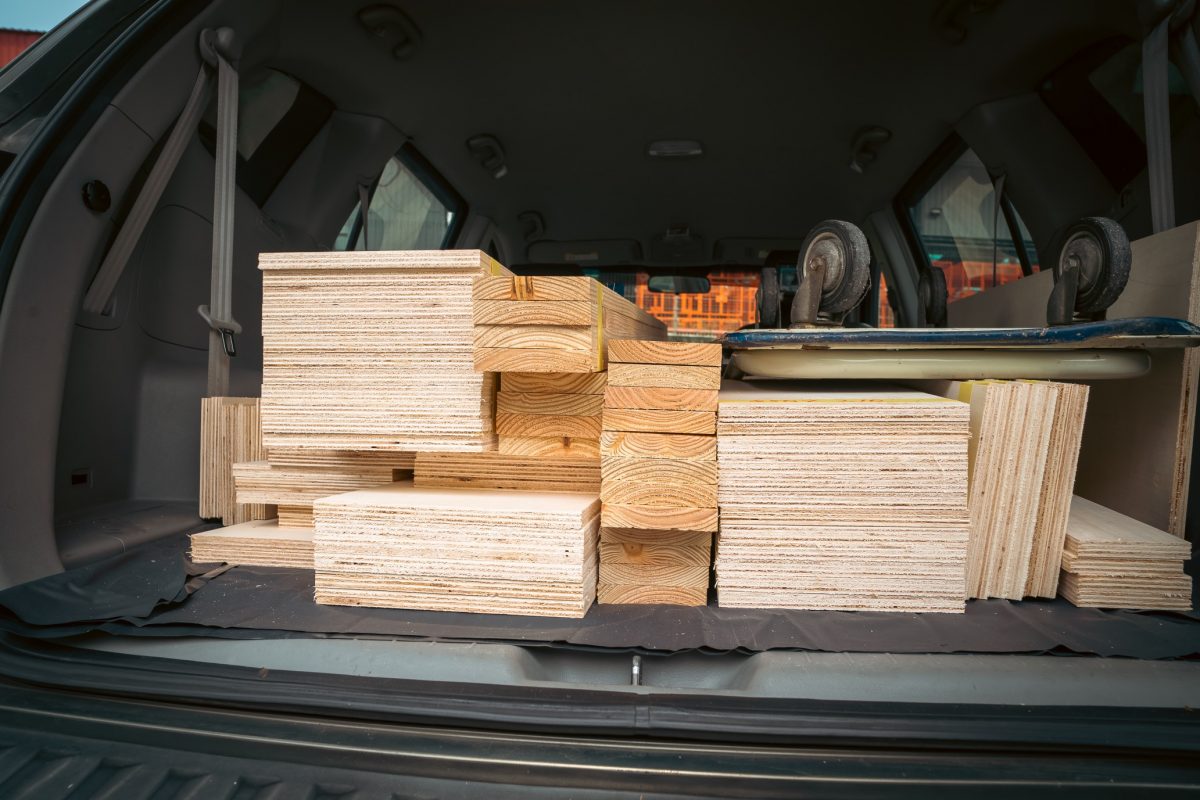The plywood production process begins with the selection of hardwood and softwood logs, which can include cedar, pine, mahogany, maple, ash, Douglas fir and spruce. The logs are then separated by species and culled according to suitability.
Then, the logs are conditioned, which is the process of spraying or soaking them with water. This step helps to produce a higher quality veneer. The logs are then measured, cut and the bark is removed by machine. A rotary lathe peels the wood in layers while removing defects. The result is a mix of continuous sheets and smaller pieces which can later be joined during the layering process.
Now it’s time to eliminate moisture by sending these wooden sheets through a dry roller heating system. Once they are reduced to six to fourteen percent moisture, these boards are sized to 4×8 sheets.
Then, to result in a strong product, they are joined front to back and bonded together at 90 degrees. Some are arranged at multiple angles for even more durability. Cross-graining of multiple layers reduces the possibility of wood splitting, and expansion and shrinkage are reduced by using an odd number of sheets.
Next comes affixing those wooden layers with adhesive. Different adhesives are used to produce different grades of plywood. Cold and hot presses are used to flatten the plywood and then it is checked for quality, sanded and trimmed.

